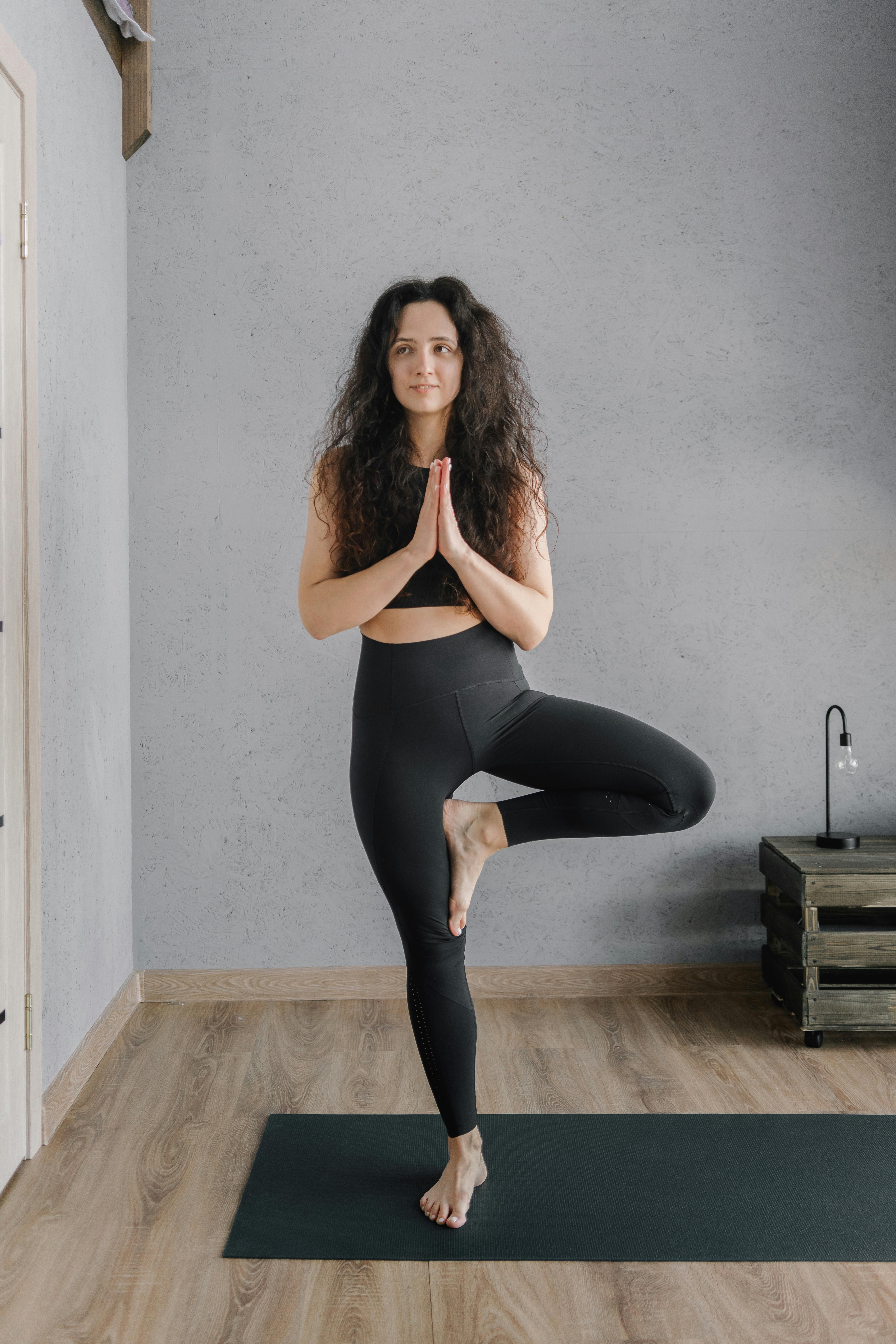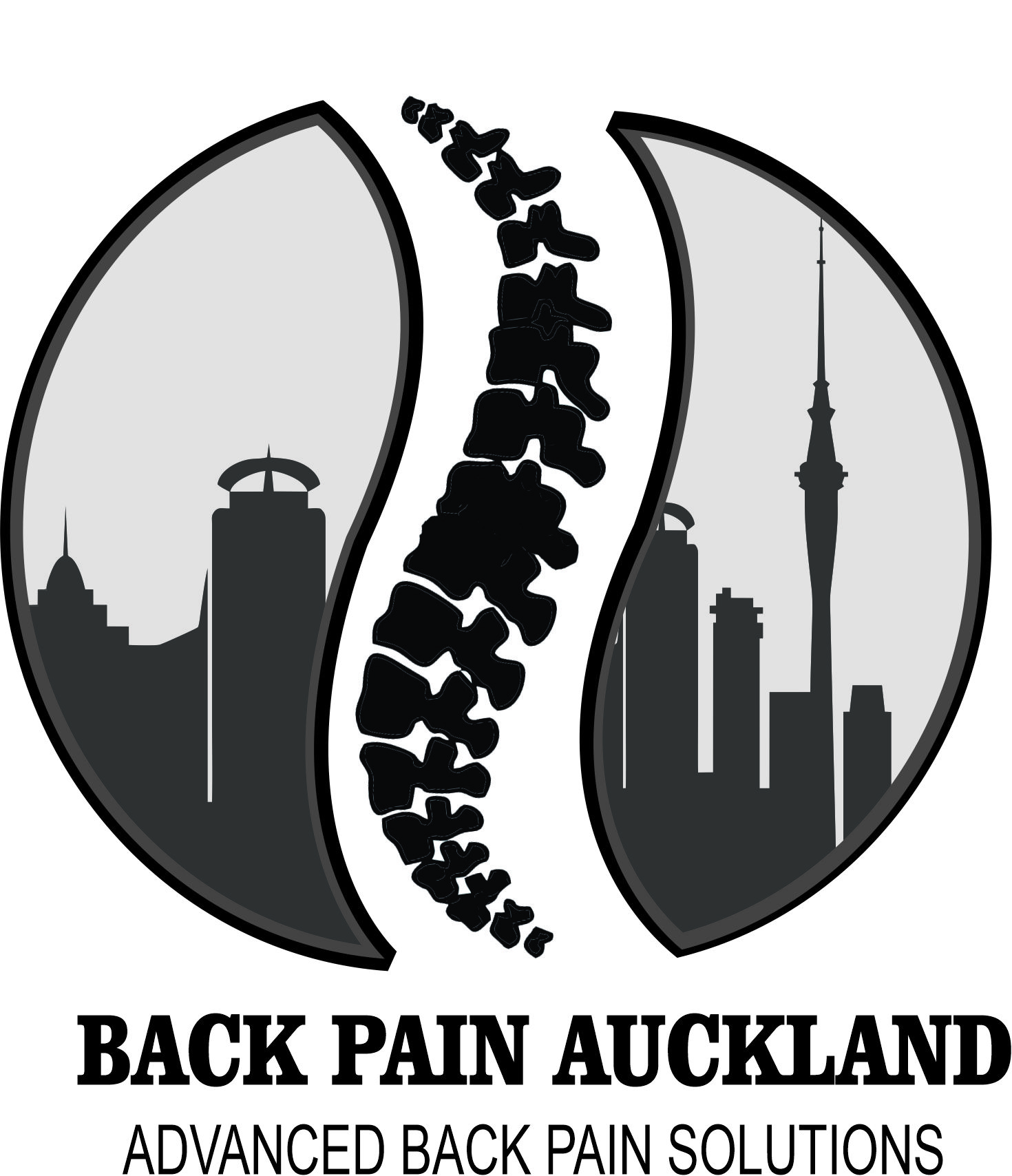Sleep plays a vital role in our overall health and quality of life. We often look forward to rest after a hard day’s work. Sleep allows our body to recover and prepare for the next day. However, poor sleeping habits can negatively impact the spine. Not having the right back support can contribute to spinal discomfort and chronic back pain issues. Moreover, not getting enough sleep affects cellular regeneration to reduce pain and healing injuries, ultimately creating a vicious pain cycle.
The spine supports the body’s structure and enables a wide range of movement. During sleep, proper alignment of the spine helps to release the stresses of physical activities. Thus, understanding the relationship between sleep habits and spinal health is essential for maintaining a strong, pain-free back. In this article, we will delve into the sleeping positions that affect the spine, choose the right back support for sleep, and identify bedtime routines to ease back tension.
Best Sleep Positions for Lower Back Pain Relief

Generally, sleeping on the back is considered the best position for maintaining long-term spine health. It involves lying flat on the back in a neutral position. This position allows the spine to align with the neck and reduce strain. Ensure to place one pillow underneath your head or neck. Using a pillow under the knees can also help maintain the natural curve of the lower back.
Another advisable position is side sleeping. Lie with your leg straight on one side to avoid back and neck pain. Putting a firm pillow between your knees helps avoid lower back and hip pain. On the other hand, the worst sleeping position for spinal health is sleeping on your stomach. This is because it puts pressure on the back muscles as it flattens the spinal curve. In addition, it forces you to turn your neck, adding to neck and upper back pain.
For pregnant women, back sleeping should be avoided as it generally cuts off blood circulation. Another position to avoid is the fetal position or the tight curl. It involves bending your knees upwards while lying on one side. While a loose fetal position can be fine, curling up too tightly can cause back pain and sore joints as it promotes uneven distribution of weight.
Mattress and Pillow Tips for Back Pain and Spinal Support
If you suffer from back pain, using the right mattress and pillows is crucial for supporting the back. While it may not be the end-all solution, it can make a significant impact on sleep quality and overall comfort. While there are many options, a good mattress should support the natural curve of the spine and relieve pressure. Firstly, opt for medium-firm mattresses as they distribute body weight evenly and keep the spine in a neutral position. On the contrary, a bed that is too soft will not be able to support the back enough, allowing the spine to go out of alignment.
Secondly, choosing a pillow for back support depends on sleep position preferences and specific back conditions. Back sleepers typically need a thinner pillow to prevent over-elevation of the head. Meanwhile, side sleepers can benefit from thicker, firmer pillows that fill the space between the neck and the shoulders. Overall, investing in the right bedding can greatly reduce spinal stress and promote a more restorative sleep.
Best Mattress and Pillow Types for Back Pain Sufferers
- Memory foam – This pillow conforms to your head and neck, providing support and pressure relief. However, it may not be the most ideal for all back support needs.
- Latex – It offers good spinal support, breathability, and durability.
- Down alternatives – This pillow uses synthetic fills to mimic the softness of real feathers. It is a good choice for back sleepers.
- Hybrid – It combines innerspring coils and foam, offering a balance of comfort and stability.
Other considerations:
- Test before you buy – Check the firmness of the mattress and pillow, and your personal preferences for material.
- Individual needs – Consider sleep positions and specific back pain conditions.
How Poor Sleep Makes Back Pain Worse

It is common for individuals with chronic pain to lose sleep due to discomfort. As a result, they wake up the next morning with headaches, sore backs and joints, becoming a cycle of pain and sleep deprivation. Over time, it can lead to persistent issues such as insomnia and depression. To help break the cycle, it is important to understand the role of sleep in pain management.
Sleep is vital in regulating pain. During sleep, the body releases natural chemicals that influence pain sensitivity. Neurotransmitters like serotonin and endorphins have analgesic properties, often called natural painkillers. They also enhance feelings of pleasure and well-being. Consequently, the lack of sleep restricts the release of these chemicals, increasing sensitivity to pain.
Furthermore, sleep promotes tissue repair and reduces inflammation. A deep sleep increases the release of growth hormone, taking charge of the regeneration of muscles and soft tissues, including those surrounding the spine. This process helps the spine recover from the physical stresses and micro-damages sustained throughout the day.
The Link Between Sleep Problems and Chronic Back Pain
- People with sleep disorders like insomnia tend to have higher pain levels.
- Sleep apnoea, a disorder wherein a person’s breathing repeatedly stops and starts, has a greater risk of developing chronic pain conditions.
- Individuals experiencing both pain and sleep disturbances tend to have longer pain duration.
Bedtime Stretches and Habits to Relieve Lower Back Tension

Prioritising sleep is more than just feeling well-rested, but also about managing pain effectively. Fortunately, simple bedtime routines can help ease back tension. An easy practice is to incorporate gentle stretches before sleep. These routines include Child’s pose, knee-to-chest stretches, and cat-cow stretches. 5-10 minute yoga poses can relax the muscles and improve spinal mobility.
Another technique is breathing exercises or meditation. Deeply inhale and exhale for 5 to 10 minutes to calm the nervous system. A short guided meditation also promotes restful sleep and encourages the body to release built-up tension. Additionally, a warm shower or a heat pack on your back relaxes muscles. Heat increases blood flow and significantly reduces stiffness.
Similarly, small adjustments can make a huge difference, like limiting screen time and reducing noise or light before bedtime. In particular, exposing yourself to blue light can increase mental stimulation. By decreasing it, your body preps for rest and improves the quality of your sleep.
Conclusion
Sleep quality is deeply connected to spinal health and pain. During sleep, the body releases neurotransmitters that reduce pain perception. It promotes healing and relaxes muscles, easing back tension. However, people with chronic pain conditions often have trouble getting a good night’s rest. Insufficient sleep can exacerbate their symptoms, resulting in a vicious cycle of pain and more discomfort.
To disrupt the pattern, it is vital to make adjustments to manage pain effectively. Every aspect can support your spine, from choosing the right mattress and pillow to adopting a healthy bedtime routine. If you’re waking up sore or struggling with sleep due to back pain, our Back Pain Assessment in Auckland can uncover what’s really causing your discomfort. Book your personalized assessment today at www.backpainauckland.co.nz or call us directly to learn how we can help.






